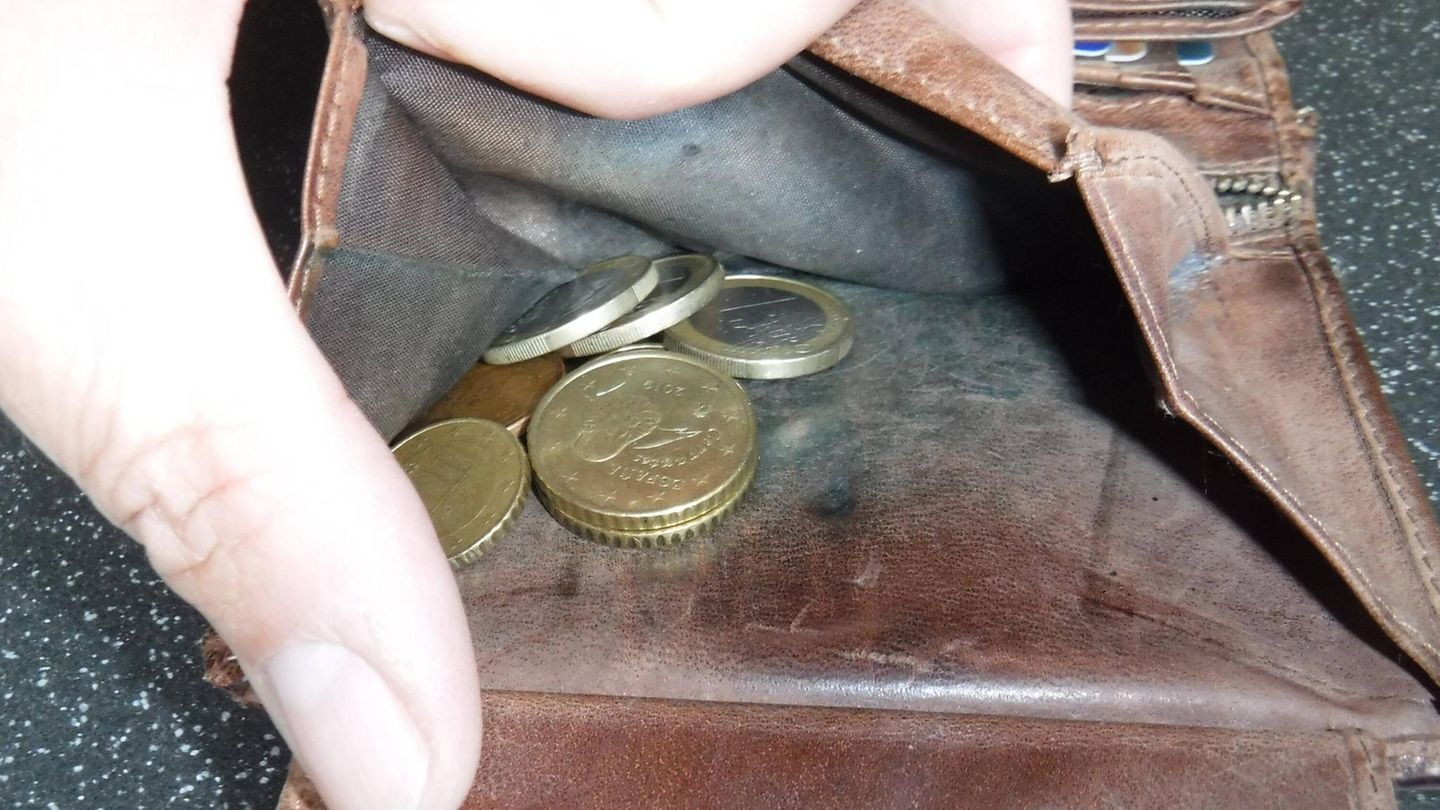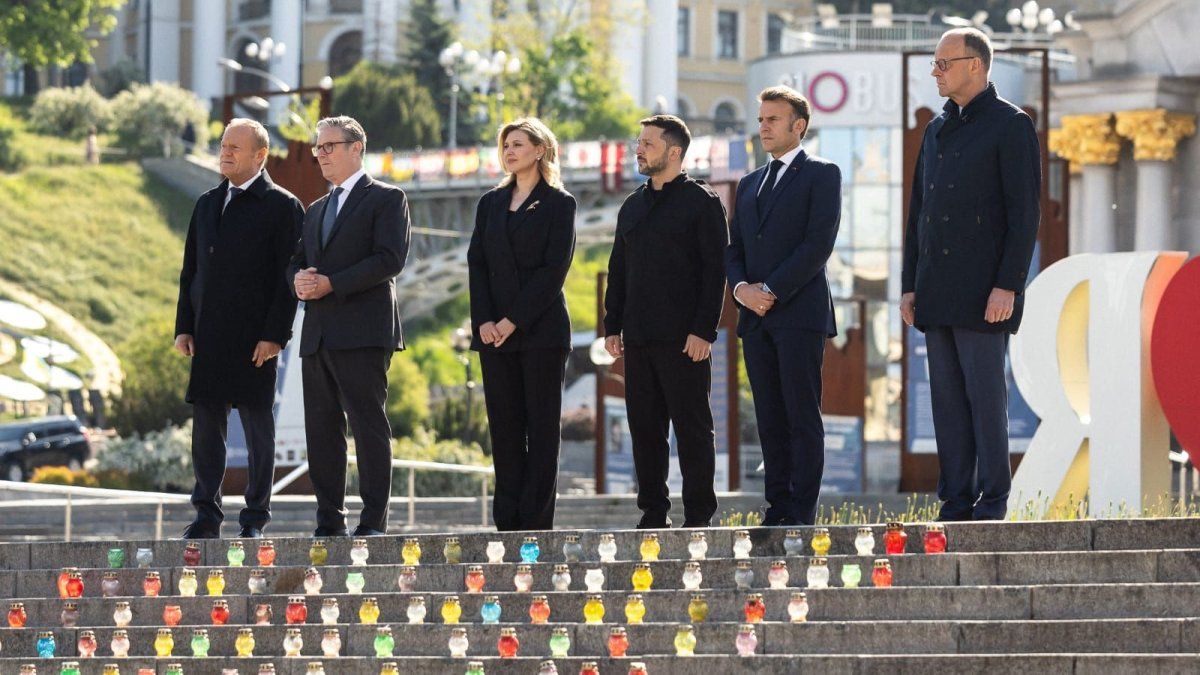What do the British royals eat? If you talk to Tom Parker Bowles, you learn that in earlier times there were ten courses in the morning – and today the royal couple has a surprisingly spartan breakfast.
Imagine being able to eat magnificent delicacies for breakfast and having elaborate dishes without having to be in the kitchen yourself – this is probably the case with the British royal couple. But the selection of King Charles III. and his wife Queen Camilla are surprisingly easy, as Camilla’s son Tom Parker Bowles reveals. In a new book, the Brit looks at royal kitchen traditions.
In the times of previous monarchs – Queen Victoria in the 19th century, for example – there were actually eight to ten courses for breakfast, followed by lunch with a similar number of dishes, as well as tea and dinner.
“So you had to have a pretty huge appetite to get through it,” says Parker Bowles in an interview with the German Press Agency. “They didn’t eat everything, but it was pretty filling.”
What the royal couple is betting on
Camilla (77), on the other hand, likes to have yoghurt for breakfast in the summer and porridge in the winter – “without anything, apart from a little home-made honey,” writes Parker Bowles in the cookbook “At Table with the Royals”. King Charles III’s breakfast (75), who is interested in sustainable agriculture, consists of dried fruits and honey.
If you listen to Parker Bowles, he is careful not to say much about the royal couple’s private life. The image of the royals – also called “the company” – is meticulously staged. The fact that Charles eats a spartan breakfast – and supposedly skips lunch altogether – seems to be a message that the palace is waving through.
What Camilla cooked for her children
Tom Parker Bowles is the son of Camilla and her first husband Andrew Parker Bowles. The 49-year-old was telling the Times newspaper how the paparazzi used to wait outside her home. The long-standing relationship of Camilla and Charles, who was previously married to Princess Diana, made headlines. Today Camilla is traveling on behalf of the monarchy.
His mother was a good cook and used to prepare things like scrambled eggs, fried chicken and shepherd’s pie, says Parker Bowles. Good, regional and seasonal food. Then supermarkets appeared and he also wanted cola and ready meals, says Parker Bowles, who writes about food as an author and also appears as a critic on British television. With his book he now wants to give an overview of royal cuisine and its history.
The soufflé diplomacy
In fact, official occasions are about more than just food, but rather a form of soft diplomacy. Parker Bowles calls it “soufflé diplomacy.” Even today, for example, state banquets are regularly held in London’s Buckingham Palace. The Emperor of Japan visited in the summer.
The meal is then served in a large hall – each guest receives six glasses alone, as it says on the palace’s website. Today, a state banquet only consists of three courses, writes Parker Bowles. It is better to be careful with hot spices and garlic, as Charles’ mother, Queen Elizabeth II, also decided.
Parker Bowles seems quite entertaining in conversation. In typical British fashion, he apologizes several times for being late for the interview. Responds diplomatically to a question about how Charles and his daughter-in-law Princess Kate are doing after their cancer diagnoses. And he says in passing that he used to spend many a techno night in Berlin.
His book gives an interesting insight into the history of culinary diplomacy, for example about the austerity efforts during the Second World War, and contains recipes, some of which (“Queen Camilla’s Porridge”) are easier to cook than others (“Sea trout in red wine aspic “). And things aren’t quite as sparse as you might expect at breakfast at the royals’ house. The traditional afternoon tea time is retained.
Source: Stern
I am an author and journalist who has worked in the entertainment industry for over a decade. I currently work as a news editor at a major news website, and my focus is on covering the latest trends in entertainment. I also write occasional pieces for other outlets, and have authored two books about the entertainment industry.




